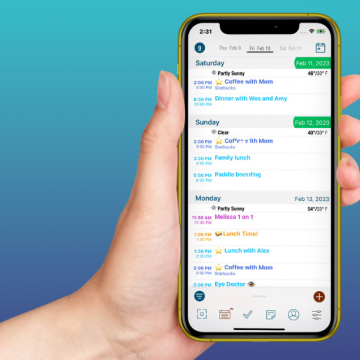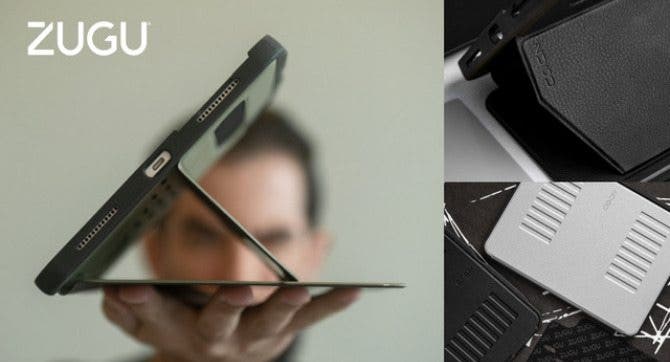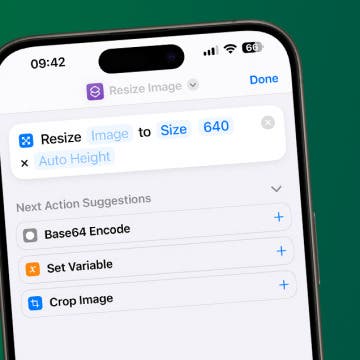What to Know:
- If you use an official Tesla Supercharger, 15 minutes of charging can get you around 160 miles depending on the Tesla model.
- Charging your Tesla using a regular 110 or 220-volt outlet is also possible, but it can be slow, inefficient, and expensive (110-volt ~4 miles per hour and 220 ~30).
- Other Tesla charge time factors include the model of your car, how much range your Tesla has, charger type, outlet voltage, whether you are charging up to 80% or 100%, and even the number of other cars charging at a Supercharger.
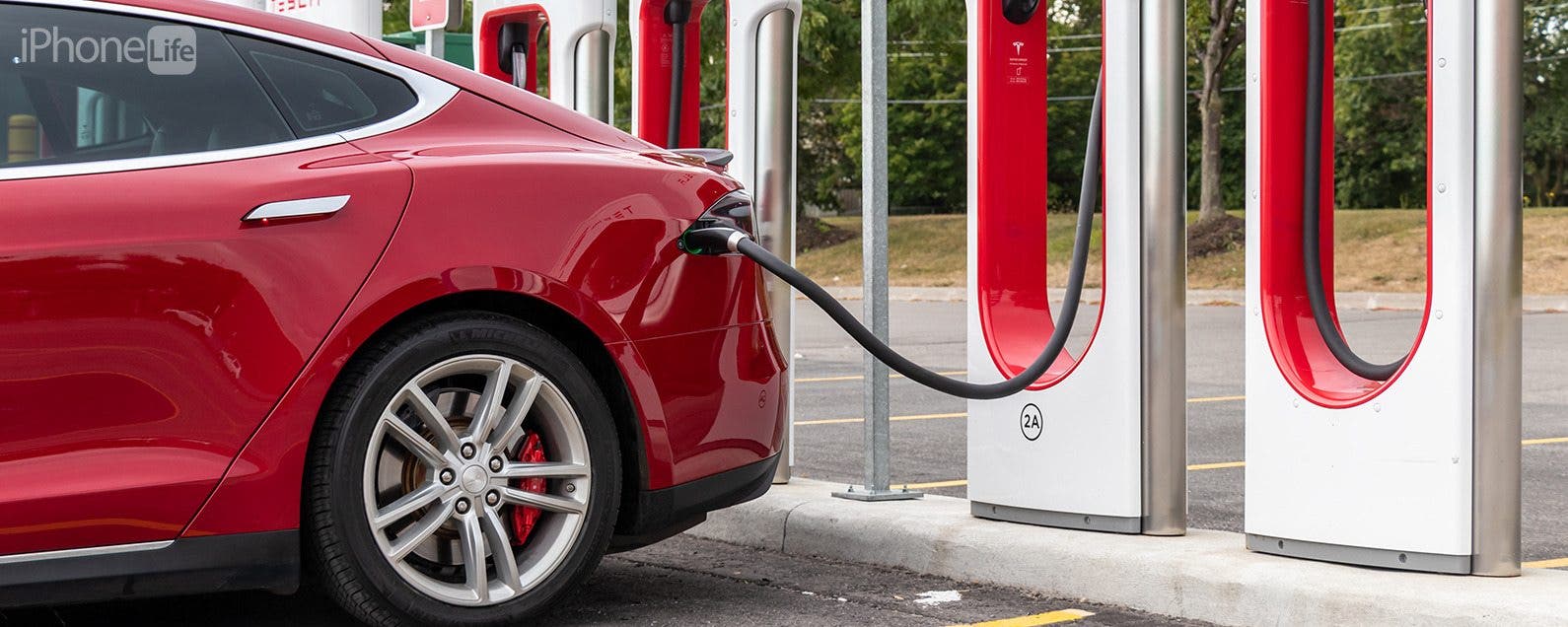
Teslas are completely electric, so they need to be charged to be driven. But how long does a Tesla take to charge? If you are considering buying or renting a Tesla, it is important to know exactly how long to charge a Tesla. Since there are Teslas with varying range and different types of chargers, there are several factors to consider. Keep reading to find out everything you need to know about Tesla charging time, cost, and battery life.
Jump To:
- How Long Does it Take a Tesla to Charge?
- How Long Does a Tesla Battery Last?
- How Many kWh to Charge a Tesla?
How Long Does it Take a Tesla to Charge?
Because there are so many factors to charging Teslas, it really is hard to answer the “how long to charge Tesla” question without outlining the various scenarios that will impact charge time. For more techy articles, don’t forget to sign up for our free Tip of the Day newsletter!
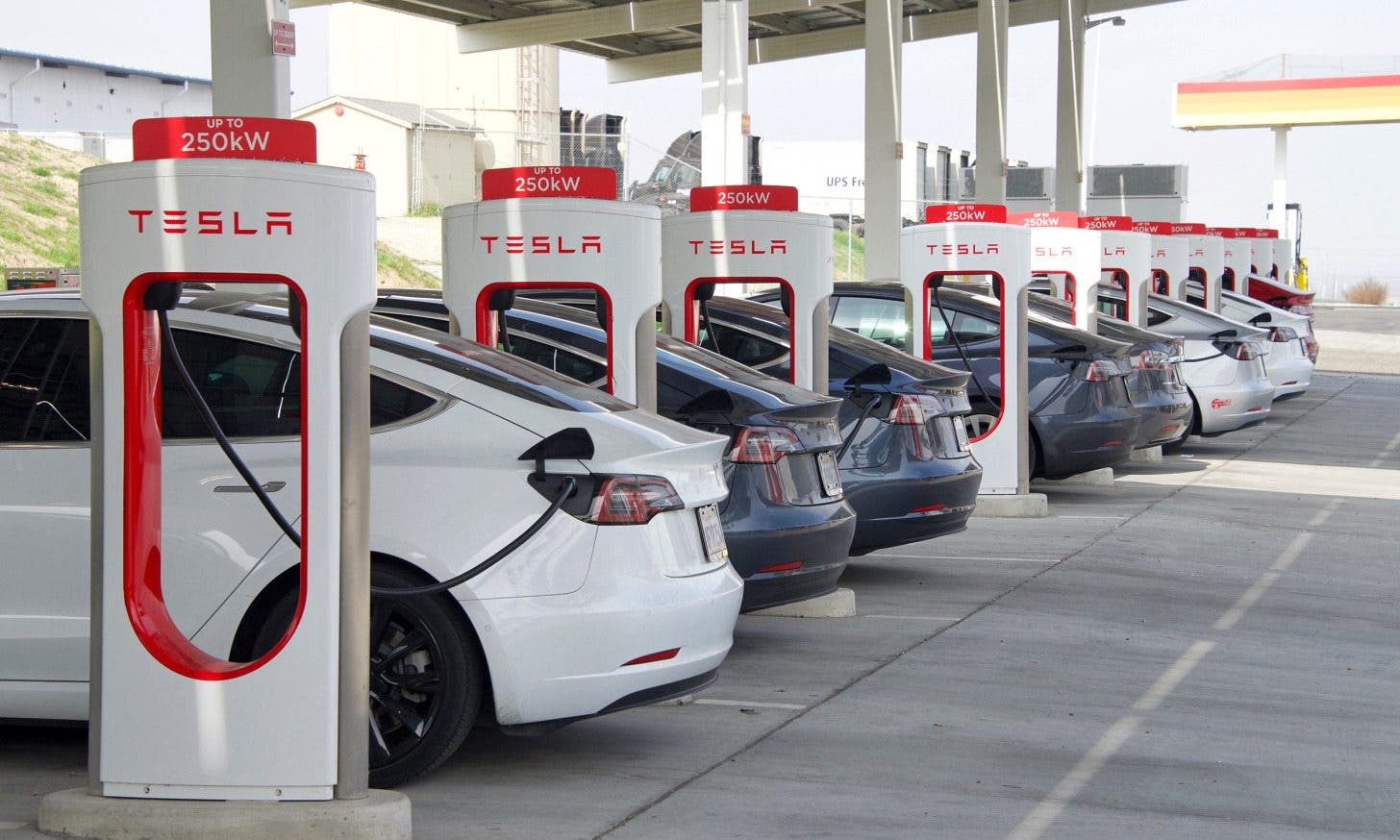
Image credit: Sheila Fitzgerald / Shutterstock.com

How Long Does it Take for a Tesla to Charge at Supercharger?
The most common and popular way to charge a Tesla on the go is via official Tesla Superchargers. These are widely available, as you can see on the Tesla Supercharger map, and they can charge a Tesla up to 170 miles in just 15 minutes.
However, even at a 480-volt Supercharger, there are factors that may affect the charge. The first is the model of your car. In 15 minutes of charging, a Model X will only get 142 miles, a Model Y will get 158 miles, a Model S will get 163 miles, and most Model 3 will get 175. Unfortunately, your car may charge half as fast if you charge right next to another charging Tesla. This is why you'll notice Teslas at Superchargers leaving spaces in between them whenever possible. However, even if the Supercharging station is completely full, your Tesla will still charge faster here than elsewhere.
How Long Does it Take to Fully Charge a Tesla?
So how long does it take to fully charge a Tesla? This is a common question with a complicated answer. The truth is most Tesla owners rarely charge their Tesla battery past 80%. Just like your phone or laptop, it isn't recommended to charge a Tesla past 80% in order to protect the overall longevity of the battery. But Tesla takes it a step further at Superchargers by significantly slowing down charging speed once it reaches 80%, not just for battery life but to keep Superchargers available to more cars.
This doesn't mean that you can't charge past 80%. You can manually increase the charge limit past 80%, but as soon as your Tesla reaches 80%, the charging speed will slow down. This is why Tesla charging speeds are rarely mentioned per full charge because it is a lot more efficient and faster to charge in shorter increments. If you do decide to charge your Tesla to 100% at a Supercharger, it could take 45 minutes to over an hour, depending on how much range your Tesla has.
I have had my standard-range Tesla Model 3 since 2019 and have charged my Tesla at home, at third-party EV chargers, and at official Tesla Superchargers all over the country. I have never charged to 100% at a Supercharger, even during my 11-day cross-country road trip from New Jersey to Seattle. There were so many Superchargers on my route that it was faster and cheaper to stop more often and charge in smaller increments. If you live somewhere with fewer Superchargers, your situation might be different.
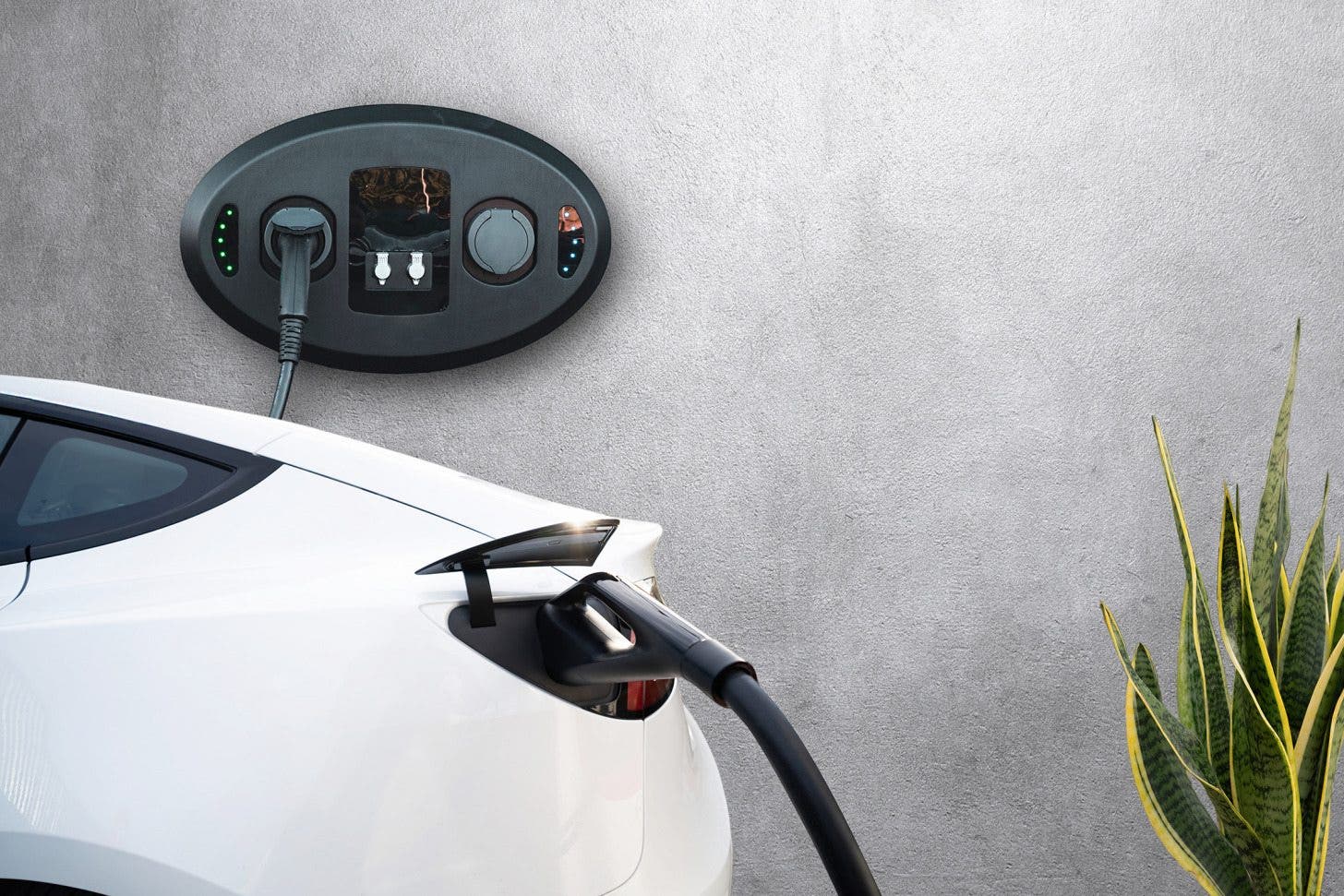
Image credit: Octus_Photography / Shutterstock.com
How Long Does Tesla Take to Charge at Home?
You can charge a Tesla in a variety of outlets; the recommended voltage for an official Tesla home charger is 240 volts. It is also common to plug your car directly into a standard 110 volt or a 220-volt outlet, like the one you use for your dryer. The charging time at these can still vary, but if you are using a regular 220-volt outlet, it takes around 9 hours for a 2023 Tesla Model 3, 11.5 hours for a Tesla Model Y, 14 hours for a Tesla Model X, and 15 hours for a Tesla Model S. Now that I live on Maui and don't have access to Superchargers and can't charge at home, I mostly charge using a 220-volt outlet and I tend to charge to 100% every few days.
You should also keep in mind that older Tesla models and long-range Teslas may have a longer charging time no matter what type of charger they are using. Long-range Teslas have a larger battery capacity and can go a lot further on a single charge than a standard-range Tesla. They are comparable to gas cars with larger gas tanks.
How Long Does a Tesla Battery Last?
All batteries wear out sooner or later, so another common question is, "how long do Tesla batteries last?" Since Teslas have only been around for 15 years or so, this is still up for debate. Some sources say that a Tesla battery will only last 10–20 years. But according to CNBC, 1,500 out of the 2,450 2008 Tesla Roadsters are still drivable in 2023, so it seems like ten years is a very conservative estimate.
Other sources state that Tesla battery life depends on mileage and estimate that a Tesla battery will need replacement between 300,000 to 500,000 miles. According to this estimate, a Tesla battery can last up to 40 years if you drive 40 miles a day on average. Tesla guarantees their batteries based on both years and miles. The current Model 3 RWD (rear wheel drive) is covered for eight years or 100,000 miles, while the more expensive models are guaranteed for eight years or 120,000 miles.
How Many kWh to Charge a Tesla?
Another way to look at Tesla charging is by looking at kWh (Kilowatt hours). This is because when calculating the cost of charging, the number of kWh is what counts. The battery capacity depends on the Tesla model and its range. However, you have to keep in mind that some energy will be lost during charging, so even though the cheaper Model 3 RWD has a usable battery capacity of 57.5 kWh, it may take around 70 kWh to charge fully. The more expensive models, like the Model S Plaid, will require closer to 116 kWh to charge fully.
We hope this article answered all your Tesla battery life and Tesla charge time questions! If not, check our FAQ below for related questions and answers. Next, learn how to unlock Teslas using your Apple Watch as a car key (no connectivity required!)
FAQ
- How much does it cost to charge a Tesla at home? It is best to calculate the exact cost based on the price per kWh in your area. However, on average, it costs between $10 and $20 to fully charge your Tesla.
- How much does a Tesla Supercharger cost per kWh? Figuring out the cost of charging at a Supercharger is a little complicated because it depends on the location of the Supercharger and how long you are charging. The average cost per kWh at a Supercharger is $0.25, and keep in mind that energy can be lost during the charge. Also, if you hit your charging limit, you will be charged the Supercharger Idle fee, which can be as much as $1 per minute if the Supercharger is completely full. This guarantees that no one will park at a Supercharger long-term and will leave as soon as their car is done charging.
- Are Tesla charging stations free? They can be! Most Tesla owners have to pay to charge at official Tesla Superchargers, but a handful don’t. This is because Tesla Models S and X that were purchased in 2017 or earlier may have free Supercharging grandfathered in. This means that even if you buy one used, you may only have to pay a small Supercharging fee as long as you are using a Supercharger. This only applies to official Tesla Superchargers. Some Destination Chargers available to all EVs also offer free charging, such as at some shopping centers.
- How long does a Tesla charge last? Tesla models vary in range, and it is important to understand that the rated range is the number of miles that you can drive under ideal conditions. Your range will be affected by how you drive, the weather, elevation gain/loss, etc. Teslas have built-in features to help you estimate range more accurately based on your current driving conditions. Some drivers prefer to change the settings and see their remaining battery life as a percentage instead of the number of miles left.
- Should I wait for the battery to fully deplete before charging? To help your Tesla car battery last longer, it is best not to let it run out completely. Like any lithium-ion battery, it is best to charge more frequently in smaller increments and keep your battery between 20% and 80% whenever possible. That being said, every Tesla owner will occasionally run out completely and charge to 100%, but doing this regularly can damage your battery.
- What is the Tesla battery replacement cost? If your Tesla battery does need replacement and is no longer covered by Tesla, it can cost anywhere between $5,000 and $20,000. While this is an exorbitant number that I can't excuse, it is important to point out that Teslas tend to have low maintenance fees. In the four years I've had my Tesla, I have only paid $200 to repair the front steering column, $100 to replace a 12-volt battery, and $1,000 for new tires after driving 50,000 miles. While I definitely don't recommend it, I have to admit that I often drive on unpaved roads that are sometimes flooded with up to a foot of water, and so far, I haven't had damage other than regular wear and tear.
Top image credit: The Bold Bureau / Shutterstock.com


